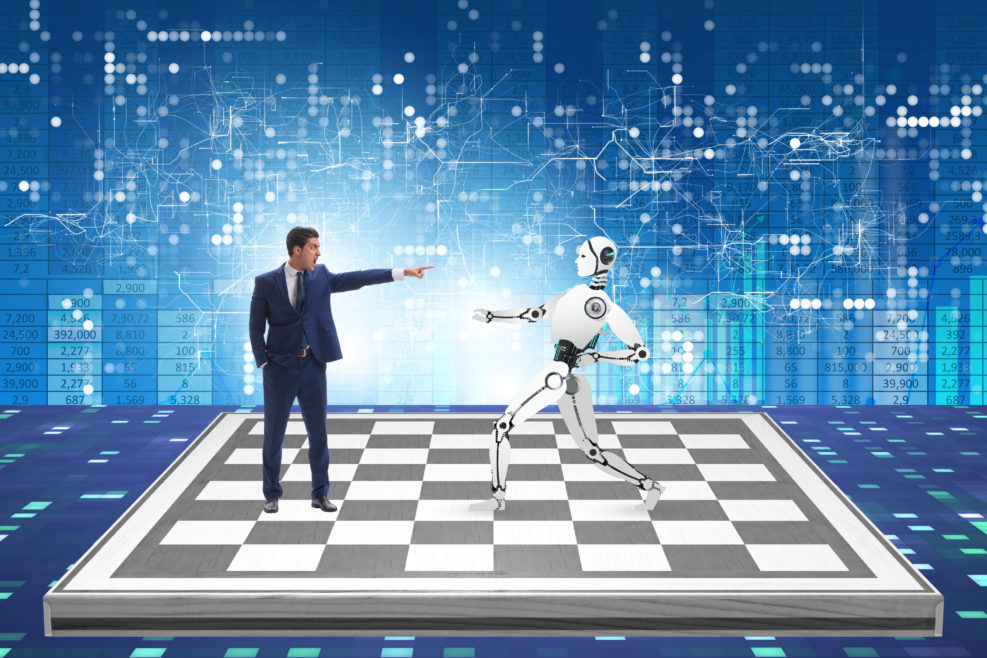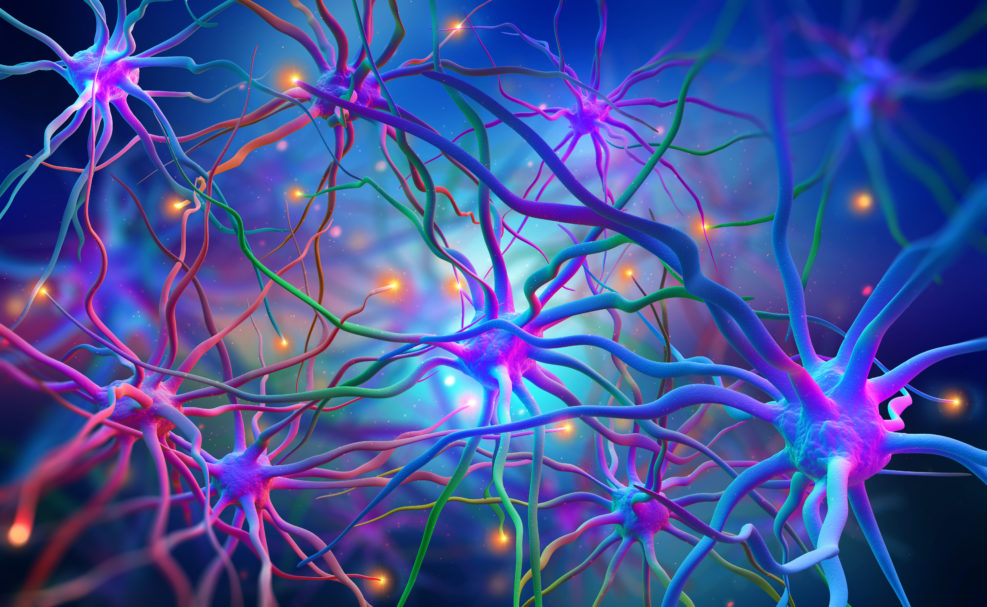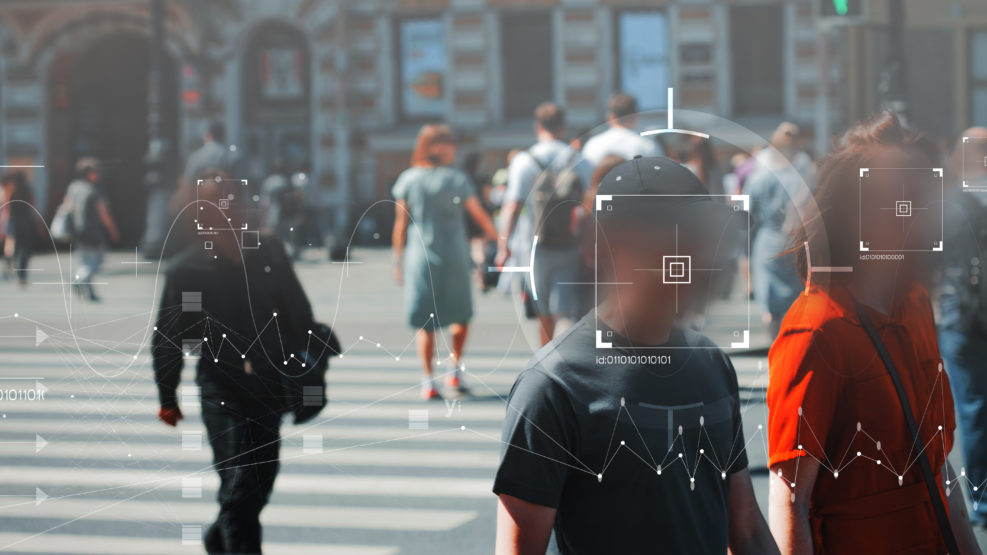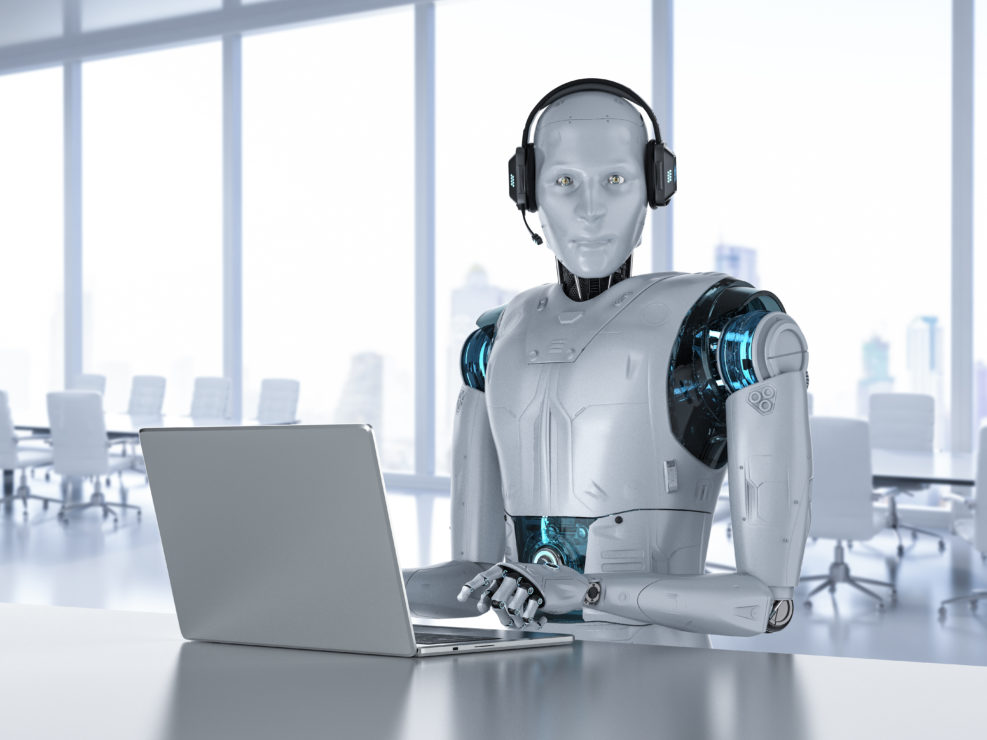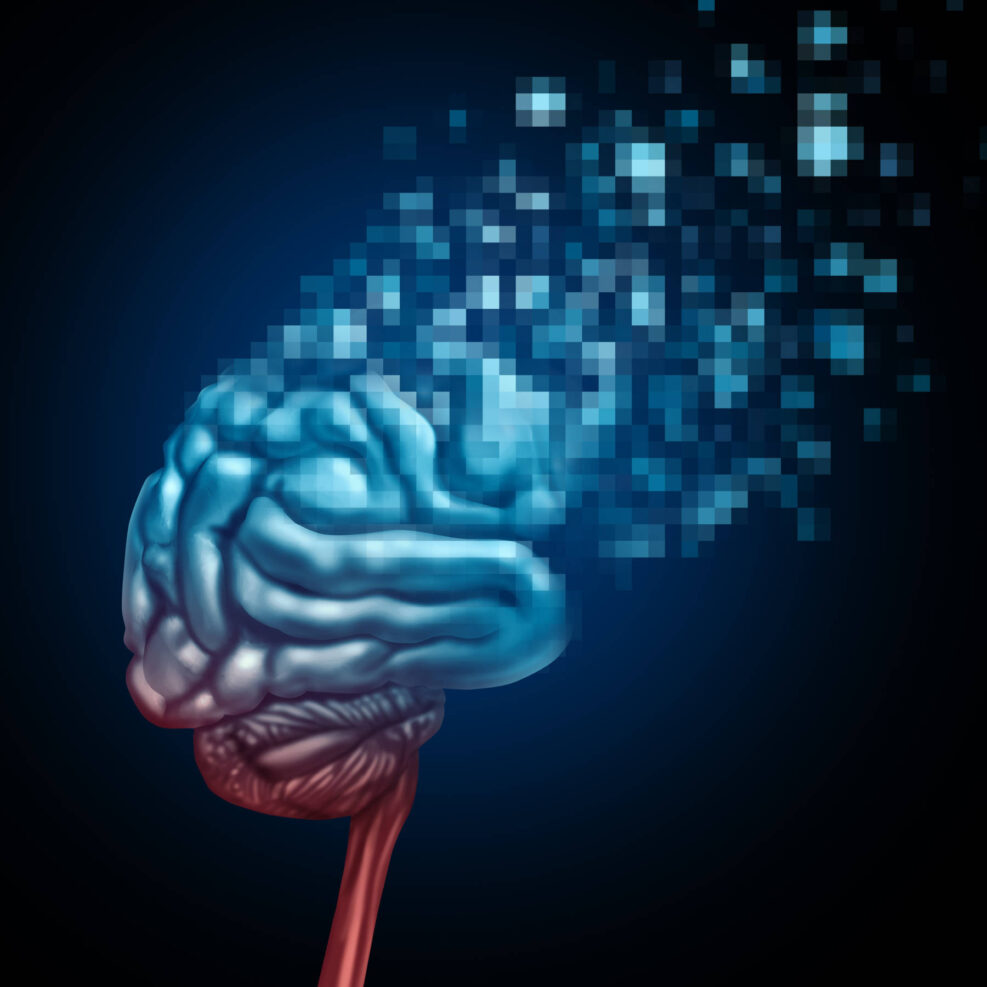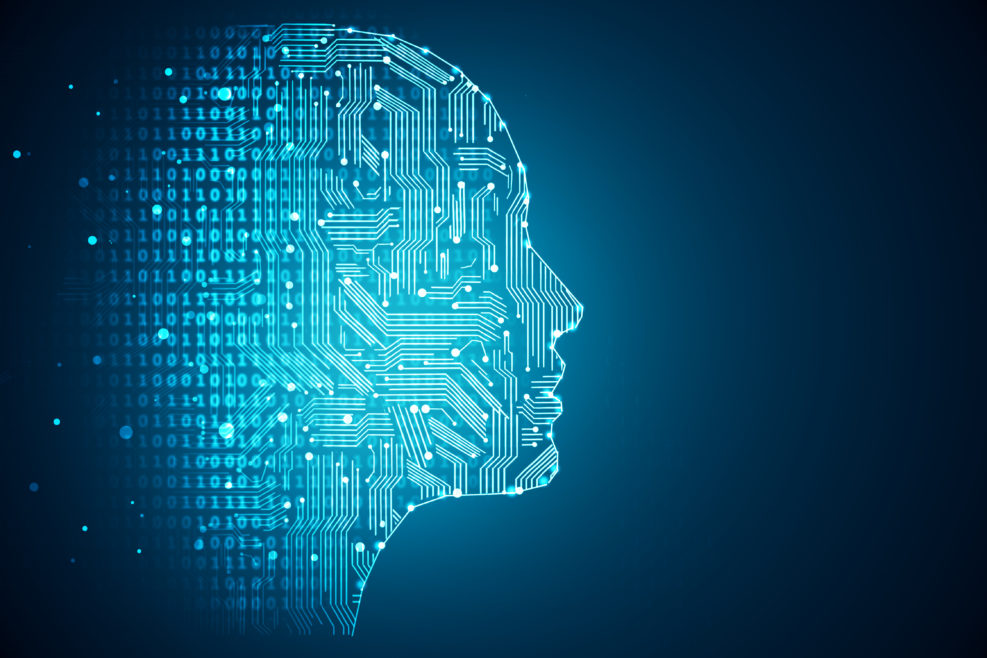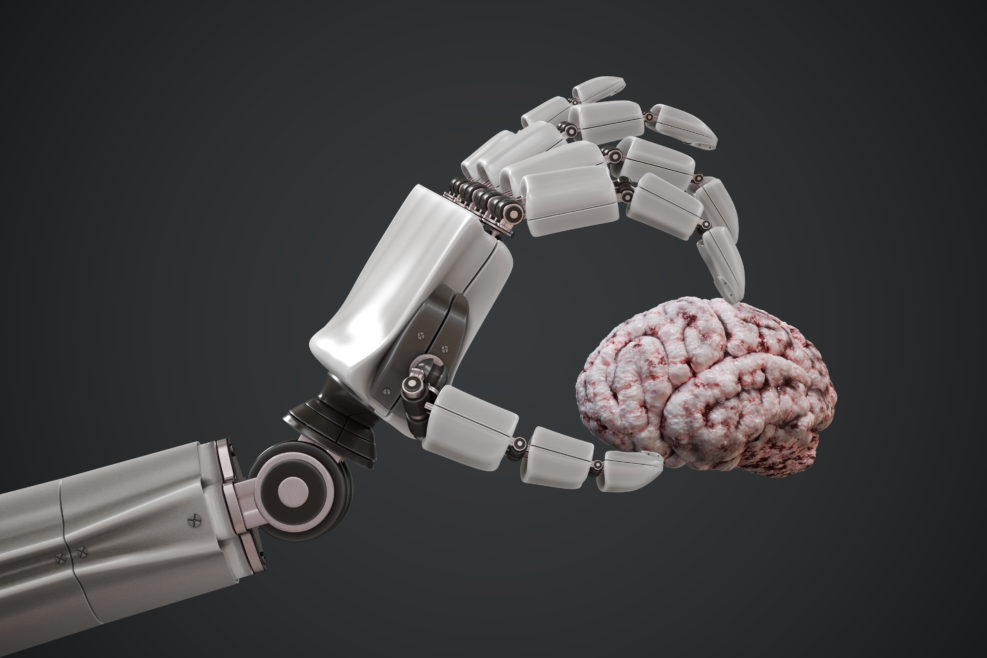
Failed Prophecies of the Big “AI Takeover” Come at a Cost
Like IBM Watson in medicine, they don’t just fail; they take time, money, and energy from more promising digital innovationsSurveying the time line of prophecies that AI will take over “soon” is entertaining. At Slate, business studies profs Jeffrey Funk and Gary Smith offer a whirlwind tour starting in the 1950s, with stops along the way at 1970 (“In from three to eight years we will have a machine with the general intelligence of an average human being”) and at 2014: In 2014, Ray Kurzweil predicted that by 2029, computers will have human-level intelligence and will have all of the intellectual and emotional capabilities of humans, including “the ability to tell a joke, to be funny, to be romantic, to be loving, to be sexy.” As we move closer to 2029, Kurzweil talks more about 2045. Jeffrey Funk and Read More ›

